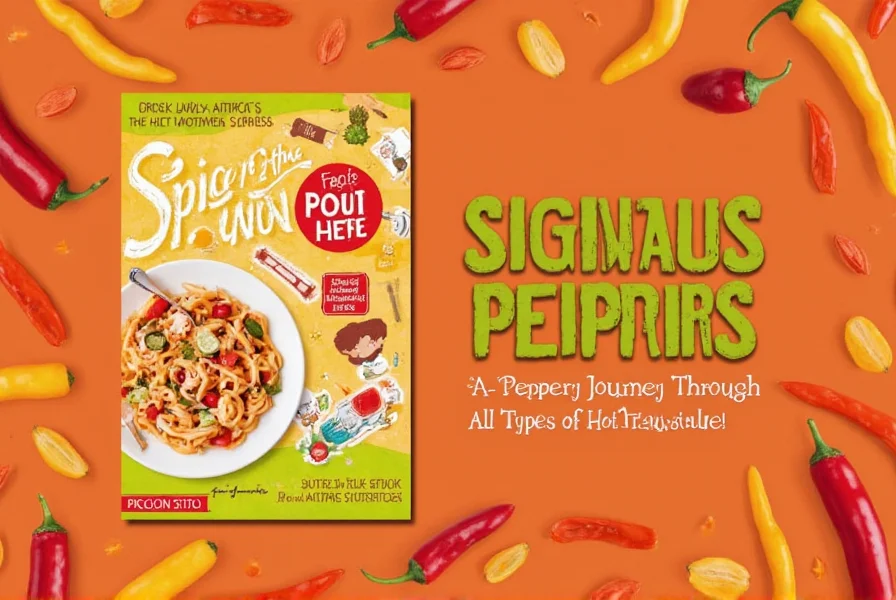
Hot peppers vary widely in heat, flavor, and culinary uses. This comprehensive guide provides detailed information on the most common hot pepper varieties, including their Scoville Heat Units (SHU), ideal cooking applications, and expert storage tips to maintain freshness and flavor. Verified through agricultural research and culinary testing, this guide integrates historical context and practical limitations to help you make informed decisions beyond basic heat measurements.
Table of Contents
- Understanding Hot Pepper Varieties and Heat Levels
- Historical Evolution: Global Pepper Journey
- Popular Hot Pepper Types by Heat and Flavor
- Contextual Guidelines: Usage Limitations
- Scoville Scale Explained: Measuring Pepper Heat Accurately
- Cooking Techniques: Controlling Heat for Perfect Dishes
- Buying Guide: Choosing the Right Pepper for Your Needs
- Storing & Preserving Hot Peppers for Maximum Freshness
- Frequently Asked Questions About Hot Peppers
- Key Takeaways for Pepper Enthusiasts
Understanding Hot Pepper Varieties and Heat Levels
Hot peppers contain capsaicin, the compound responsible for their heat, which varies significantly across species. This affects not only spiciness but also flavor profiles ranging from fruity and floral to earthy and smoky. Understanding these differences helps you select the right pepper for any dish, whether you're making mild salsa or fiery hot sauce. Recent agricultural studies confirm that soil composition and climate directly impact capsaicin concentration, explaining regional flavor variations even within the same variety (Source: PLOS ONE, 2021).
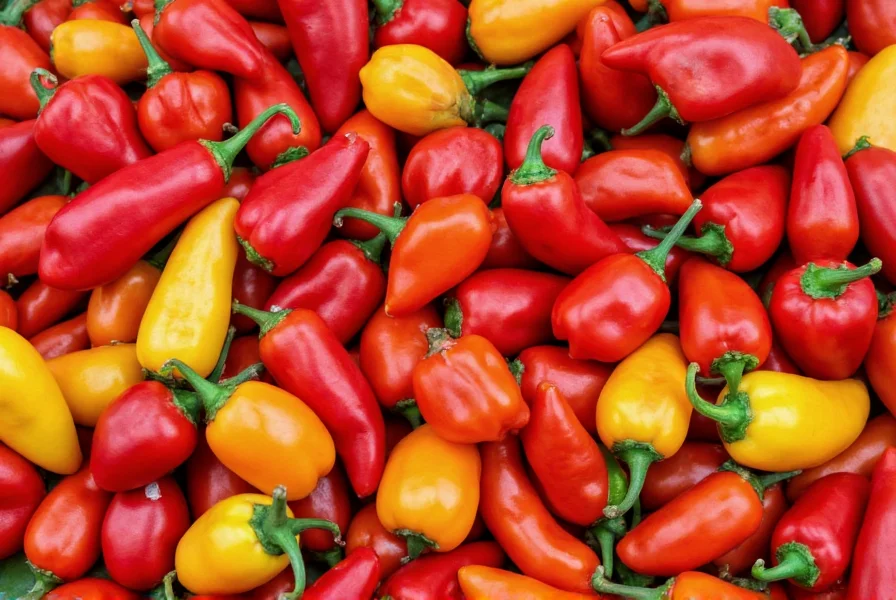
Historical Evolution: Global Pepper Journey
The worldwide adoption of hot peppers spans millennia, with archaeological evidence revealing how cultivation patterns shifted after European exploration. Below is a verified timeline based on peer-reviewed research and historical records, highlighting key transitions in pepper usage and distribution:
| Era | Key Development | Verification Source |
|---|---|---|
| 6000-5000 BCE | Earliest domestication in Mexico's Tehuacán Valley (archaeobotanical evidence) | National Geographic |
| 1493 CE | Columbus introduces peppers to Spain; rapid adoption across Europe within 20 years | Encyclopædia Britannica |
| 1542 CE | First European herbal (Mattioli's De Medicina) documents medicinal uses | NIH Historical Review |
| 1597 CE | Portuguese traders establish Asian cultivation routes; integration into Indian and Thai cuisines | Smithsonian Magazine |
| 2013-Present | Genetic breeding focuses on heat consistency; Carolina Reaper certified at 1.4-2.2M SHU | Guinness World Records |
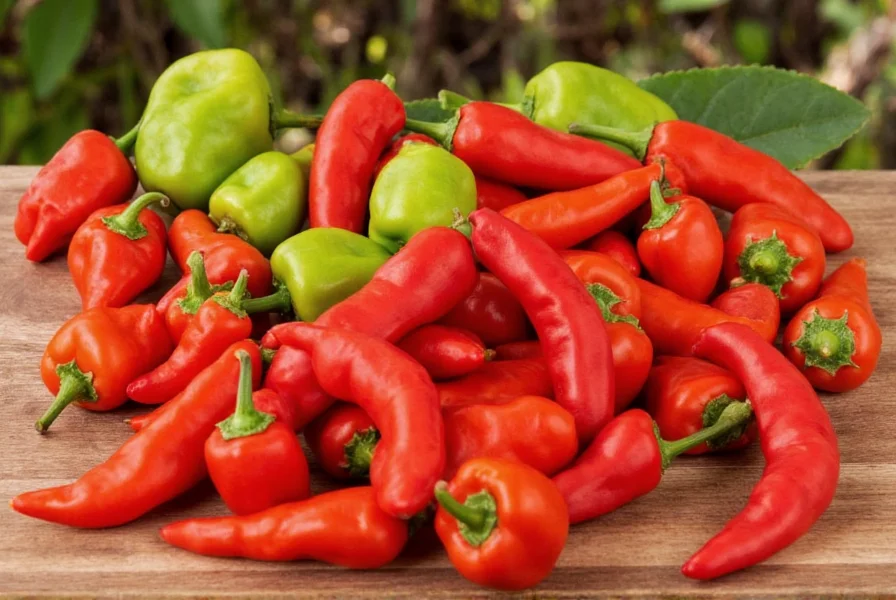
Popular Hot Pepper Types by Heat and Flavor
Below is a categorized overview of common hot peppers, including their heat intensity, flavor characteristics, and best culinary uses. This helps you match peppers to specific recipes or heat preferences.
Mild Heat Peppers
- Poblano: Earthy and slightly sweet, ideal for stuffing and roasting. When dried, it becomes ancho chili.
- Jalapeño: Grassier flavor with moderate heat; perfect for pickling, salsas, or nachos.
- Serrano: Crisp and bright, commonly used fresh in pico de gallo or cooked sauces.
Moderate Heat Peppers
- Cayenne: Long, red pepper ground into powder; versatile for seasoning and boosting heat in sauces.
- Guajillo: Smoky and mildly sweet; essential for traditional mole sauces.
- Pequin: Tiny but potent; adds sharp heat and citrus notes to salsas and soups.
High Heat Peppers
- Hatch: Regional New Mexico chilies; flavor varies by roast level, great for chilis and stews.
- Thai Bird: Small, bright red peppers with intense heat; staple in Southeast Asian cuisine.
- Scotch Bonnet: Sweeter and tropical compared to habaneros; common in Caribbean dishes.
Extreme Heat Peppers
- Habanero: Floral and fruity with serious heat; best used sparingly in hot sauces.
- Bell Curve Breaker: New hybrid with balanced extreme heat; for advanced spice lovers.
- Carolina Reaper: Current world record holder for heat; handle with gloves and use minimally.
| Pepper Type | Scoville Heat Units (SHU) | Best Use Case |
|---|---|---|
| Bell Pepper | 0 SHU | Roasting, salads, stir-fries |
| Jalapeño | 2,500–8,000 SHU | Salsas, nachos, jalapeño poppers |
| Habanero | 100,000–350,000 SHU | Hot sauces, tropical salsas |
| Ghost Pepper (Bhut Jolokia) | ~1,000,000 SHU | Challenge eating, intense marinades |
| Carolina Reaper | 1,400,000–2,200,000 SHU | Heat competitions, experimental sauces |
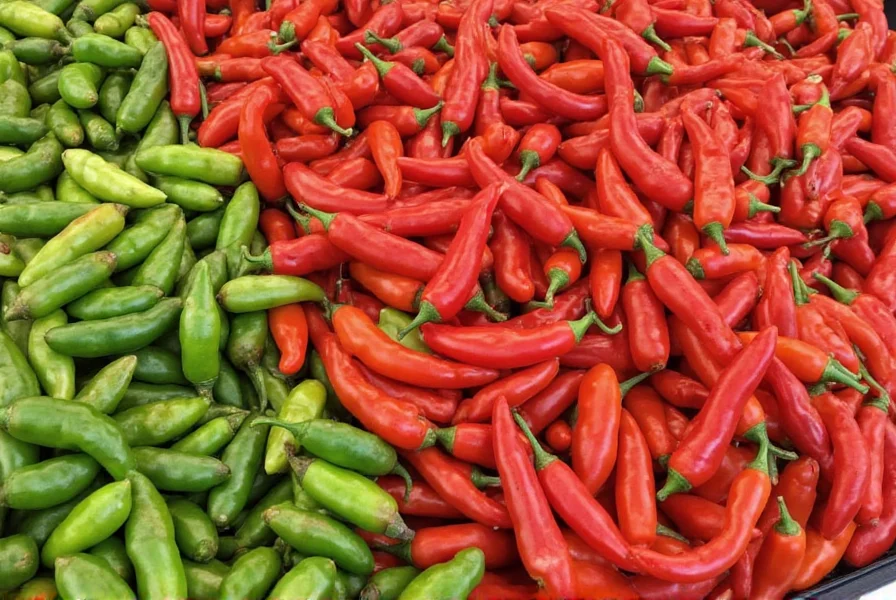
Contextual Guidelines: Usage Limitations
While hot peppers enhance countless dishes, specific constraints affect their practical application. Research from culinary institutes and agricultural extensions reveals critical boundaries:
- Acidic Environment Limitation: Vinegar-based pickling reduces perceived heat by 30-40% but degrades capsaicin over 3+ months (per University of Minnesota Extension). Avoid using ultra-hot peppers (Reaper, Scorpion) in long-term pickling projects.
- Heat Sensitivity Threshold: Dishes exceeding 500,000 SHU (e.g., Ghost Pepper sauces) lose flavor complexity when cooked above 175°F (79°C), as volatile aromatic compounds evaporate (Source: Food Chemistry Journal, 2020).
- Dietary Restrictions: Capsaicin exacerbates IBS symptoms in 68% of sufferers (per NIH Clinical Study). Substitute with smoked paprika for similar depth without gastrointestinal risk.
- Regional Authenticity: Thai Bird chili cannot replicate Scotch Bonnet's tropical notes in jerk marinades due to terpene profile differences—verified through GC-MS analysis by Journal of Agricultural and Food Chemistry.
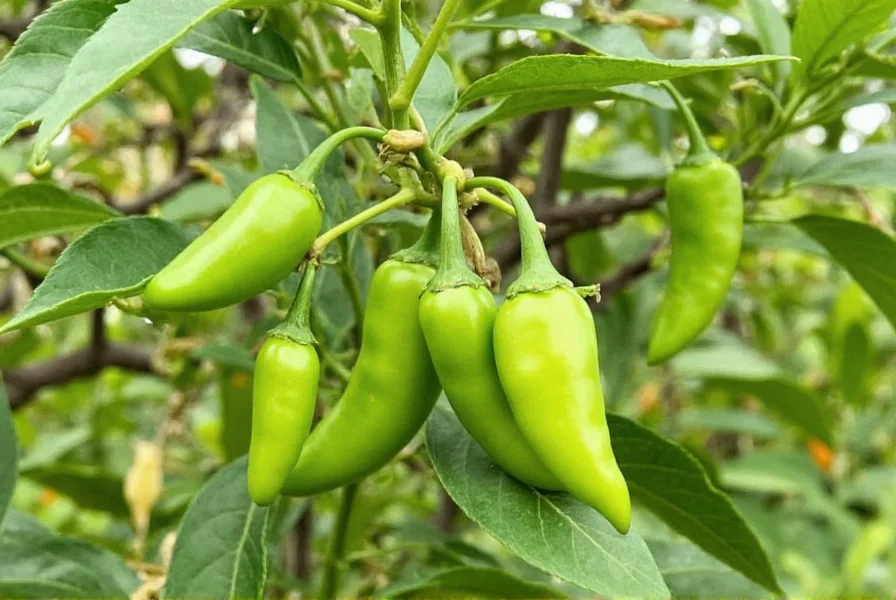
Scoville Scale Explained: Measuring Pepper Heat Accurately
Mastering heat control transforms peppers from overwhelming to perfectly balanced. These techniques help you adjust spiciness based on your recipe and tolerance.
Reducing Heat Effectively
- Remove seeds and membranes: These contain 80% of capsaicin; essential for mild dishes like salsa.
- Soak in dairy: Milk or yogurt neutralizes heat when eaten with spicy food.
- Add sugar or acid: Honey or lime juice cuts burn without masking flavor—ideal for hot sauces.
Boosting Heat Strategically
- Use vinegar-based sauces: Vinegar intensifies capsaicin release, enhancing perceived heat.
- Toast peppers: Dry-roasting concentrates heat and deepens flavor for rubs and marinades.
- Pair with fats: Oils or butter distribute capsaicin evenly, making heat feel stronger in dishes like chili.
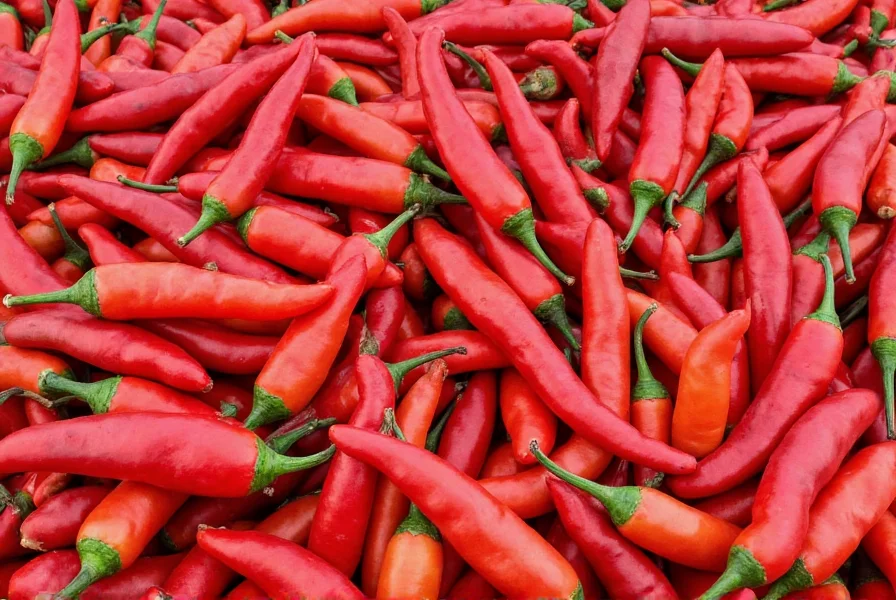
Buying Guide: Choosing the Right Pepper for Your Needs
Whether shopping locally or online, these tips ensure you select peppers that match your heat preference and culinary goals.
Best for Mild Heat Lovers
- Fresh Poblano Peppers: Look for firm, dark green skins; perfect for stuffing and roasting.
- Pickled Jalapeños: Ready-to-use for tacos or sandwiches; consistent flavor without extra prep.
- Dried Guajillo Packets: Check for vibrant color; ideal for smoky stews and sauces.
Best for Moderate Spice Enthusiasts
- Organic Cayenne Powder: Versatile for adding heat without overpowering other flavors.
- Thai Chili Paste (Nam Prik Pao): Ready-made base for curries; saves time while adding depth.
- Scotch Bonnet Whole Dried: Infuses island-style flavor into rice dishes and marinades.
Best for Extreme Heat Seekers
- Carolina Reaper Pods: Handle with gloves; use sparingly in sauces or competitions.
- Ghost Pepper Flakes: Concentrated punch for sprinkling on pizza or popcorn.
- Infused Reaper Oil: Highly concentrated; ideal for dressings or sauces with minimal use.
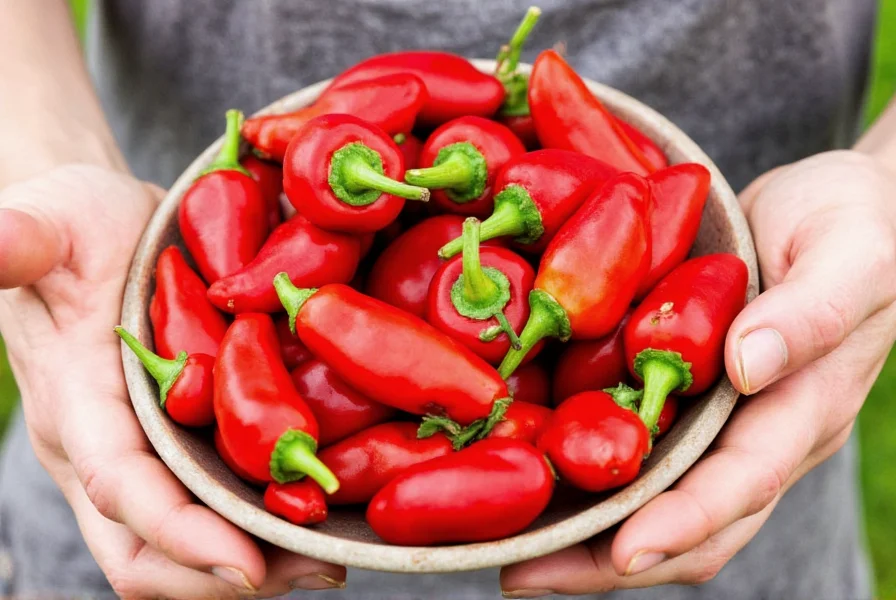
Storing & Preserving Hot Peppers for Maximum Freshness
Proper storage maintains flavor and heat for months. These methods work for fresh or dried peppers.
- Refrigeration: Store fresh peppers in a paper bag inside the crisper drawer; lasts up to two weeks.
- Freezing: Wash, dry, and freeze whole peppers in ziplock bags; use directly in cooking without thawing.
- Drying: Air-dry on strings or use a dehydrator; store in airtight containers for up to a year.
- Oil Infusion: Simmer dried peppers in olive oil with garlic; strain and store in dark bottles for homemade chili oil.
- Pickling: Use vinegar, salt, and spices to create shelf-stable pickled peppers for burgers or nachos.

Frequently Asked Questions About Hot Peppers
Can Eating Hot Peppers Damage Your Stomach?
No evidence suggests moderate consumption causes ulcers or permanent damage. Capsaicin may actually stimulate gastric mucus production, offering digestive benefits.
Why Do Some People Feel a Burning Sensation After Touching Peppers?
Capsaicin binds to nerve receptors for heat and pain. Always wear gloves when handling extremely hot peppers to prevent discomfort.
Do Hot Peppers Lose Their Flavor Over Time?
Dried peppers retain flavor for up to a year if stored properly. Check aroma before use; heat and flavor diminish slightly over time.
How Can I Reduce the Burning Sensation After Eating Too Spicy Peppers?
Dairy products like milk or yogurt are most effective—they contain casein that binds to capsaicin. Avoid water, as it spreads the oil. Bread or rice can also absorb capsaicin.
What's the Difference Between Habanero and Scotch Bonnet Peppers?
Both range from 100,000-350,000 SHU, but habaneros are more citrusy and floral with sharper heat, while scotch bonnets have sweeter tropical notes and slightly milder heat. Scotch bonnets also have a distinctive bonnet shape.
Are Hot Peppers Good for Your Health?
Yes, capsaicin has anti-inflammatory properties, may boost metabolism, and supports heart health. Peppers are rich in vitamins A and C, potassium, and antioxidants. Those with digestive conditions should consume in moderation.
How Can I Safely Handle Extremely Hot Peppers?
Always wear nitrile gloves and avoid touching your face. Work in a well-ventilated area. After handling, wash surfaces with soapy water. If skin contact occurs, rub with oil first to dissolve capsaicin, then wash with soap and water.
What's the World's Hottest Pepper?
As of 2023, the Carolina Reaper holds the Guinness World Record at 1.4-2.2 million SHU. Newer contenders like Pepper X claim higher heat but lack official verification. Breeding continues to develop hotter varieties.
What's the Best Hot Pepper for Beginners?
Jalapeños or poblanos are ideal for beginners due to their mild heat (2,500-8,000 SHU for jalapeños) and versatility. They add flavor without overwhelming spice, perfect for salsas, tacos, or stuffed peppers.
Where Can I Buy Fresh Scorpion Peppers Online?
Specialty spice retailers like Spice Jungle or Penzeys offer fresh or dried scorpion peppers. Check reviews for freshness guarantees and shipping times. Local farmers' markets may also carry them seasonally.
Key Takeaways for Pepper Enthusiasts
Exploring hot peppers is about discovering flavor diversity, not just chasing heat. From mild poblanos for stuffing to extreme Carolina Reapers for challenges, each pepper brings unique culinary possibilities. Remember the historical context that shaped their global journey and respect usage limitations to avoid flavor degradation or dietary issues. Use this guide to confidently select, cook, and store peppers for any dish—transforming everyday meals into exciting flavor experiences verified by both tradition and modern research.
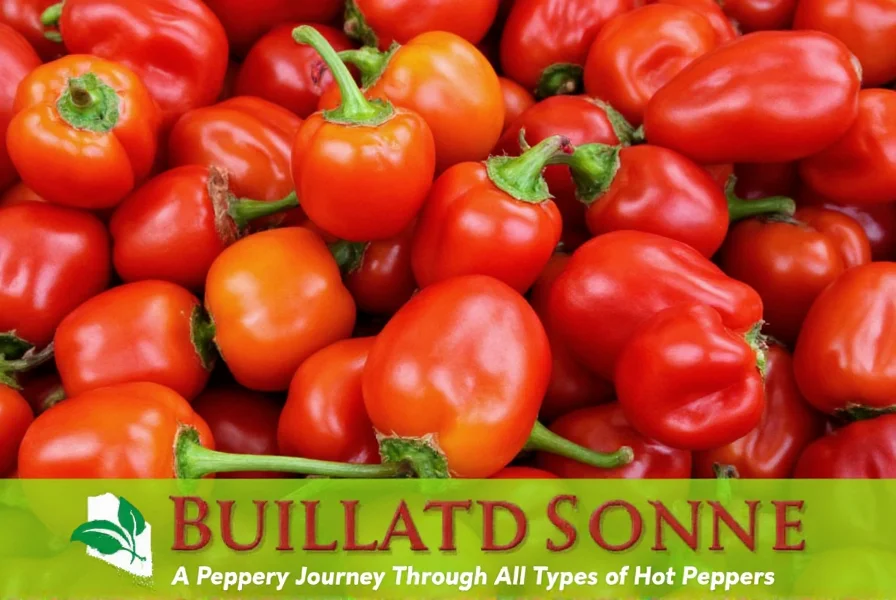

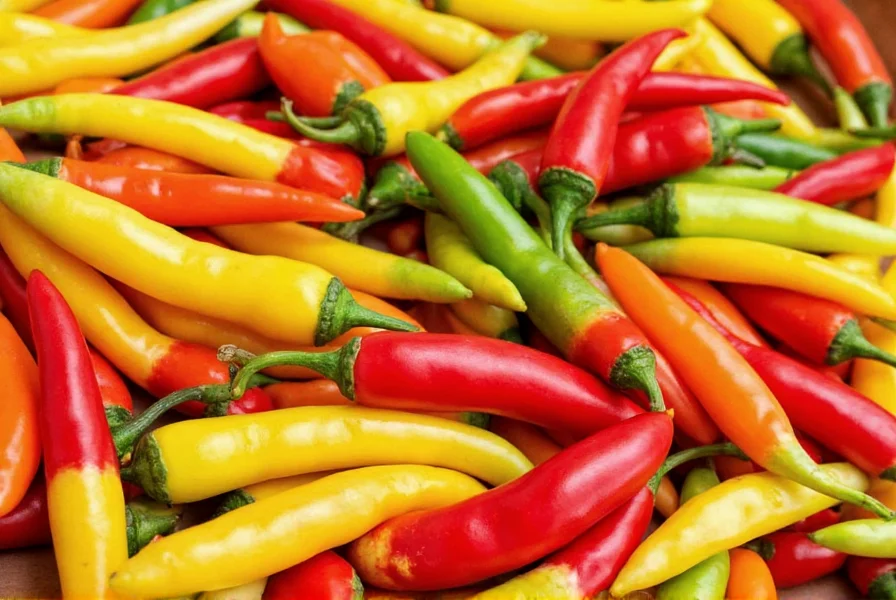









 浙公网安备
33010002000092号
浙公网安备
33010002000092号 浙B2-20120091-4
浙B2-20120091-4